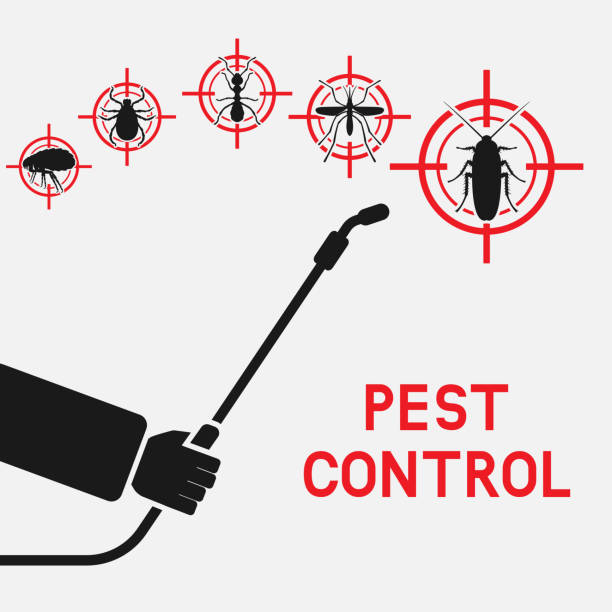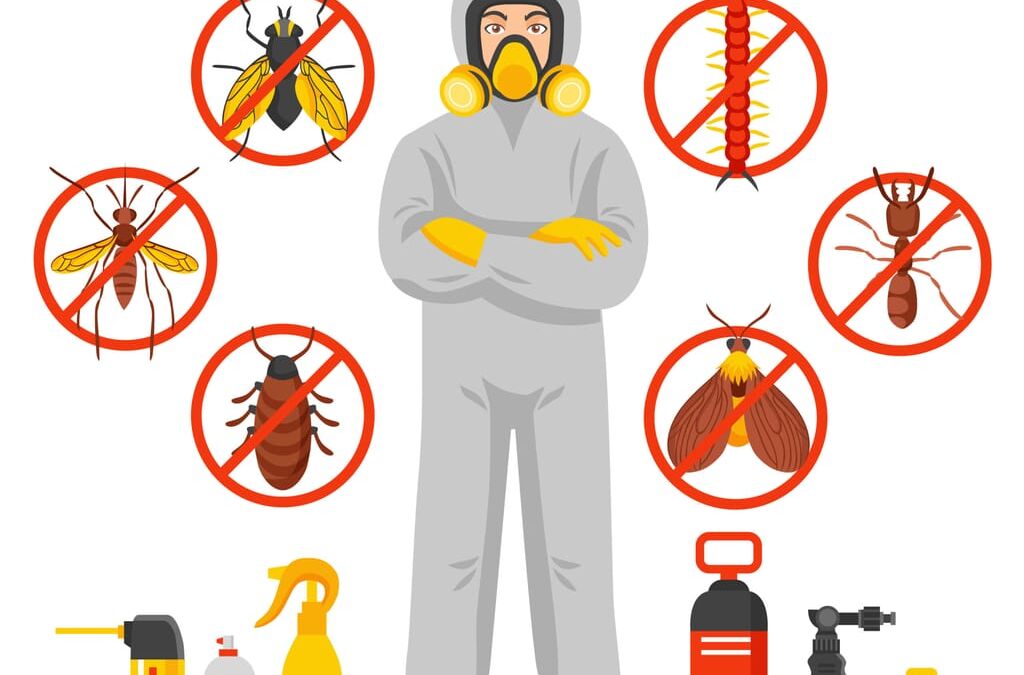Comprehensive Rodent Control Coquitlam Services for Peace of Mind
Comprehensive Rodent Control Coquitlam Services for Peace of Mind
Blog Article
Safe and Reliable Bug Control for Lasting Defense
Reliable parasite monitoring requires a complex approach that stabilizes environmental stability with the need for reliable pest reductions. The subtleties of these methods may not be quickly clear, prompting a closer examination of the techniques that can lead to sustainable pest control outcomes.
Comprehending Insect Control Methods
Parasite control includes a variety of approaches targeted at handling and removing unwanted pests and rodents that can intimidate both health and wellness and building. Comprehending these methods is critical for efficient parasite administration.
The primary classifications of pest control techniques include mechanical, biological, and chemical approaches. Mechanical techniques entail physical barriers and catches to avoid pest entrance and capture undesirable species. Making use of screens on home windows or using sticky traps can dramatically decrease insect populaces without introducing damaging substances - exterminator coquitlam.

Chemical insect control is frequently the most acknowledged technique, utilizing chemicals to remove parasites. These chemicals can be reliable but must be made use of with care to prevent damaging impacts on non-target types and the setting.
Advantages of Eco-Friendly Solutions
Exactly how can green remedies change bug control methods? The adoption of eco-friendly pest control approaches provides various advantages, substantially enhancing the performance and safety of bug management.

Another advantage is the positive effect on regional biodiversity. Environmentally friendly options are made to target specific insects while protecting valuable insects and wildlife, promoting a balanced community. This technique straightens with the expanding customer need for lasting techniques, boosting the online reputation of pest control suppliers.
Integrated Parasite Monitoring Approaches
The execution of green solutions normally brings about the fostering of Integrated Parasite Monitoring (IPM) methods, which additionally improve bug control effectiveness. IPM is an alternative method that combines multiple tactics to take care of bug populations while reducing environmental influence. This approach highlights the use of biological, social, mechanical, and chemical controls, making certain a sustainable and well balanced approach of insect monitoring.
One fundamental facet of IPM is the detailed analysis of insect activity and ecological conditions. By monitoring parasite populations and identifying their life process, specialists can implement targeted treatments that interrupt the pest's environment or lifecycle, decreasing dependence on chemical pesticides. Furthermore, cultural methods such as crop turning and habitat adjustment can substantially diminish bug establishment and recreation.
Another essential element is using biological control representatives, such as useful insects or bacteria, which can naturally reduce pest populaces. When chemical applications are necessary, IPM prioritizes making use of low-risk pesticides and uses them selectively, decreasing exposure to non-target microorganisms and human beings.
Integrating IPM approaches not only enhances pest control efficiency yet also promotes a more secure ecosystem, straightening with the expanding demand for sustainable techniques in parasite monitoring.
Safe Practices for Property Owners
Recognizing the relevance of safe methods in bug control can encourage homeowners to efficiently take care of parasite issues while protecting their health and wellness and the setting. Applying non-toxic methods and precautionary procedures is crucial in reducing exposure to damaging chemicals.
House owners ought to first assess their environment for problems that bring in insects, such as standing mess, water, and food waste. Consistently cleaning and securing entrance points can deter parasites from getting into the home. Making use of all-natural deterrents, such as necessary oils or diatomaceous planet, can give reliable alternatives to chemical pesticides.
When chemical therapies are needed, property owners should go with products that are specifically classified as safe for residential usage. It is necessary to adhere to application standards meticulously to stay clear of overexposure. Making use of targeted treatments in locations where insects are identified, instead than blanket spraying, can significantly minimize chemical usage.
Finally, keeping open communication with bug control professionals is crucial. Homeowners ought to make inquiries about the security of items used and demand environmentally friendly alternatives whenever feasible. By adopting these risk-free techniques, property owners can produce a much healthier living environment while efficiently taking care of pest problems.

Tips for Long-Term Security
Developing a pest management technique that highlights lasting defense can greatly enhance the performance of the risk-free practices previously gone over. To attain this, home owners should implement regular evaluations of their residential property, concentrating on concealed locations such as attic rooms, cellars, and crawl areas. Early detection of insect activity is important certified pest control in stopping invasions from taking hold.
These methods decrease attractants that attract bugs into the home. Securing entrance points, such as splits around doors and home windows, can successfully block possible insect access.
Landscape design ought to additionally be taken into consideration; keeping plants cut and maintaining a range between plant life and the home lessens hiding areas for pests. Using natural deterrents, such as crucial oils or diatomaceous earth, can better prevent infestations without considering severe chemicals.
Last pigeon removal but not least, working together with a specialist insect control solution for regular evaluations can supply an extra layer of protection. These experts can use tailored referrals and advanced treatments, making certain that your home remains secured against insects in the lengthy term.
Conclusion
In verdict, safe and trusted parasite control requires a diverse strategy that emphasizes environment-friendly approaches and integrated insect administration. find By carrying out all-natural deterrents, conducting regular assessments, and keeping appropriate sanitation, building owners can considerably minimize bug populaces while shielding beneficial insects and the environment. Partnership with expert insect control services improves the efficiency of these strategies, making certain customized remedies that give long-term security and assurance against future infestations.
Effective pest management calls for a complex strategy that stabilizes environmental honesty with the demand for reliable bug suppression. The adoption of eco-friendly pest control approaches uses numerous benefits, significantly enhancing the performance and security of bug management.The application of environment-friendly options naturally leads to the fostering of Integrated Parasite Administration (IPM) strategies, which further boost pest control efficiency. exterminator coquitlam. By monitoring bug populaces and determining their life cycles, practitioners can apply targeted interventions that disrupt the bug's habitat or lifecycle, lowering reliance on chemical pesticides.In conclusion, reliable and risk-free bug control requires a complex technique that emphasizes environment-friendly methods and incorporated pest administration
Report this page